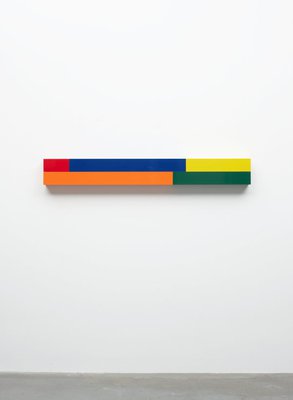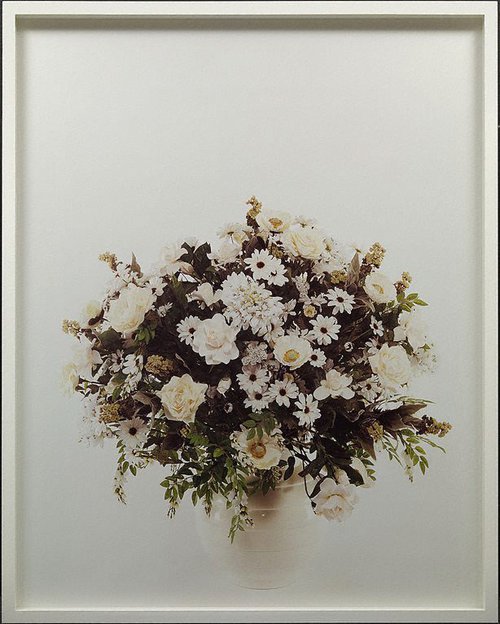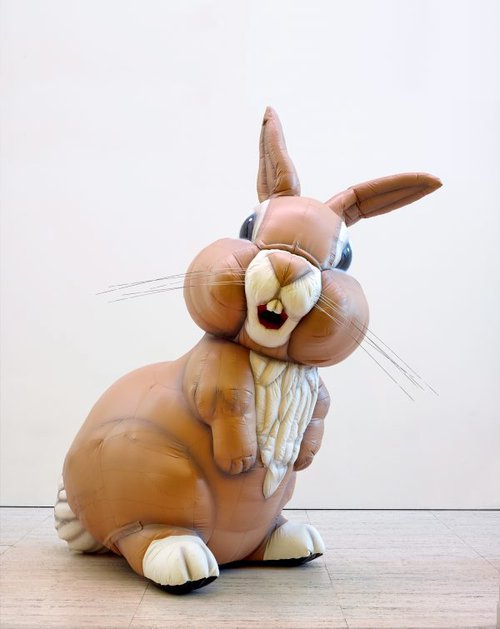-
Details
- Place where the work was made
-
Auckland
→
New Zealand
- Date
- 2004
- Media category
- Sculpture
- Materials used
- two pot paint on aluminium
- Dimensions
- 20.0 x 160.0 x 10.0 cm
- Credit
- Gift of Lisa and Danny Goldberg OAM 2022. Donated through the Australian Government's Cultural Gifts Program
- Location
- Not on display
- Accession number
- 127.2022.a-b
- Copyright
- © Michael Parekowhai
- Artist information
-
Michael Parekōwhai
Works in the collection
- Share
-
-
About
Education, and art's power as a tool for cultural learning, is a central theme in the work of contemporary Māori artist Michael Parekōwhai (Ngā Ariki Rotoawe and Ngāti Whakarongo). This sculpture, 'Atarangi #8', offers a scaled-up version of the objects known as Cuisenaire rods, lengths of coloured plastic and wood that were used in New Zealand schools to teach mathematics during Michael Parekōwhai's childhood in the 1970s. The title of this work, however, calls up a different educational strategy: the use of Cuisenaire rods as tools for teaching Te Reo ('the language'). This approach, which focused on spoken learning rather than written grammar and was pioneered in 1979 by Dr Katerina Te Heikoko Mataira and Ngoingoi Pēwhairangi, is known as Te Ataarangi. It was adapted for Māori learners from the 'Silent Way' teaching method of British mathematician and educator Caleb Gattegno. In this sculpture, Parekōwhai, who is from a family of educators and has himself been an influential teacher, combines these references with one from the world of twentieth-century sculpture: the rigorously geometrical yet often intensely coloured works of the American Minimalist artist Donald Judd. Encountered on a gallery wall, the stacked coloured rakau (rods) of 'Atarangi #8' leave us wondering what kind of teaching aid this is. How should we 'read' it? Is Parekōwhai elevating humble objects remembered from childhood to the realm of high art? Or smuggling a specifically Māori history and practice into the forms of 'international art'? This combination of polish and playfulness, with a subtly political edge, can be found in many of Parekōwhai's works in the Art Gallery of New South Wales collection.
-
Exhibition history
Shown in 1 exhibition
Michael Parekōwhai: Atarangi (Cuisenaire rods), Roslyn Oxley9 Gallery, Paddington, 2004–2004
-
Bibliography
Referenced in 1 publication
-
Deutscher and Hackett, Sydney, Deutscher and Hackett Important Australian + International Fine Art: Sydney 28 August 2019, Sydney, 2019, (colour illus.). lot 113
-





